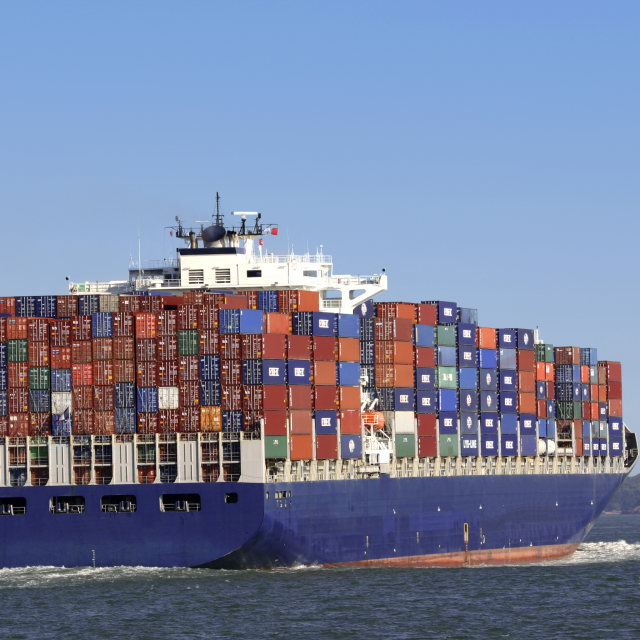An international expert has defended the upcoming launch of the world’s first ever floating nuclear power station.
Despite attracting criticism from some green activists, the massive vessel, called “Akademik Lomonosov”, is due to be launched on 23 August.
Oscar Voss, of the University of Aberdeen in Scotland, said that any perceived risks involved may be outweighed by the advantages.
The keenly-awaited launch next week of the floating power station underlines the Russian government’s intent on developing its Arctic zone, a region whose thawing ice has presented the country with new opportunities.
Voss who studies politics and international relations, said the development does not exist in isolation and that the Lomonosov represents a “significant” part of efforts to unlock huge potential in the Arctic region and Northern Sea Route.
The Akademik Lomonosov will make its way 4,000 miles across the Arctic Ocean to supply electricity to Pevek, a remote eastern port town.
The 472-foot barge, adorned in white, red and blue, the colours of the Russia flag, is a 70-megawatt power plant capable of generating enough electricity for around 100,000 homes, the equivalent of a medium-size town in Europe.
It carries two KLT-40S nuclear reactors, similar to those used on Russia’s nuclear icebreakers. The reactors use low-enriched uranium and are capable of producing a combined 70MW of electricity.
According to Rosatom, the Russian nuclear company which is behind the ambitious project, the Akademik Lomonosov will be a “key element in the infrastructure developed as part of plans for the Northern Sea Route.”
Russia, a major oil and gas producer, also operates 10 nuclear power plants and Rosatom, the country’s nuclear energy corporation, is a global leader in the export new nuclear build market, building in 12 countries more reactors than all of its competitors combined.
A source at the European Commission points out that shipping lanes opened by melting ice sheets in the Arctic present “exciting” new trade routes between China and Europe that Russia – and others – hope to make navigable year-round.
Rosatom insists the power plant project represents “a future where floating nuclear power stations power distant population centres.”
In fact, Russia is not the only nation interested in constructing floating nuclear power plants. China’s National Nuclear Corp announced in March it is planning to build up to 20 floating nuclear plants to bring power to artificial islands in the South China Sea.
Rosatom, despite criticism from Greenpeace, told this website it is confident the massive vessel is safe, arguing that the Akademik Lomonosov is “virtually unsinkable” and can withstand collisions with icebergs and seven-metre waves.
Dmitry Alekseyenko, the head of construction and operation of the power plant, said, “What happens, for example, if the platform is hit by a tsunami or thrown onshore? According to our tests, a tsunami caused by a nine-point earthquake will not dislocate it from its base.”
Dangers from waves are mitigated by a dock constructed around the power station and if thrown inland, the reactors’ emergency systems can cool them without an electricity supply for 24 hours.
On the Greenpeace safety concerns, Rosatom said, “Their allegations about the dangers posed by the plant are completely baseless. Greenpeace has not presented any meaningful scientific evidence to support any unaddressed risks or shortcomings of the plant’s design, which is based on tried and tested technology and has an impeccable track record.”
A Brussels-based shipping expert told this website, “Criticism over safety of this plant is really without merit. Greenpeace, for example, tends to oppose everything nuclear related so their criticism should not be taken too seriously.
“In fact, there is nothing completely new in putting small reactors on ships as there are icebreakers and nuclear submarines in the Arctic already. What is new is that it is going to power remote settlements replacing heavily polluting oil and coal,” said the official, who did not wish to be named.
“I do not think there is anything to worry about. On the contrary, this could be a very positive thing for the environment.”
Rosatom has already signed memoranda to explore the possibility of building a floating nuclear power plant for export, with Sudan cited as a potential market, among others.
The company now hopes the success of launching a nuclear power plant in the Arctic will help promote the use of customised floating nuclear power stations elsewhere in the world.




